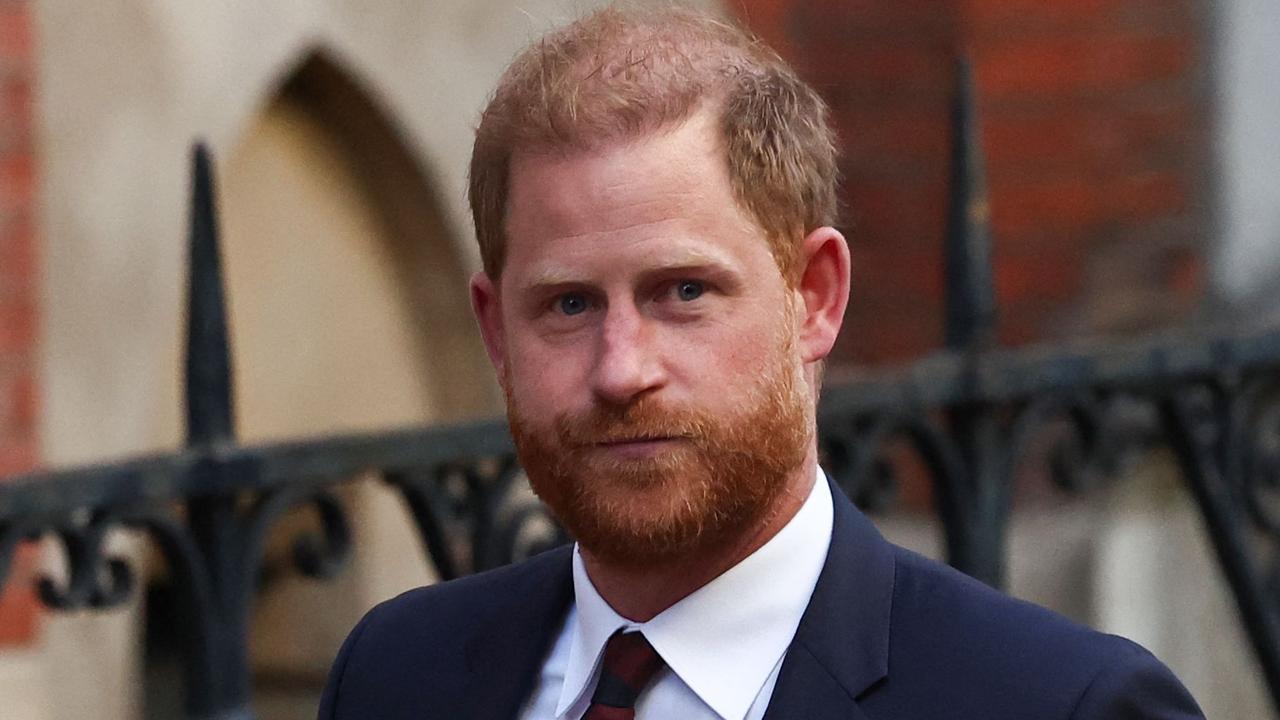Race to find a successor for People’s Pope shapes up to be one of the most unpredictable
Vatican experts believe the task of finding a successor for the People’s Pope will be particularly difficult.

World
Don't miss out on the headlines from World. Followed categories will be added to My News.
Vatican experts say the race to find a successor for Pope Francis is shaping up to be one of the most unpredictable in living memory amid global uncertainty caused by wars and political division.
As the traditional nine days of mourning for Pope Francis ends, the eyes of the world will from Wednesday turn to the Sistine Chapel’s chimney awaiting the white smoke that for centuries has announced the election of a new pontiff.
For 800 years, the secretive papal conclave process by which a new Pope is chosen has remained largely unchanged, although amendments have been made to account for modern technology – for example, the chapel is now swept for listening devices and mobile phones are banned.
Experts believe the task of finding a successor for the beloved People’s Pope will be particularly difficult due to global upheaval and a notable increase in the number of cardinals now eligible to vote.
“There are always favourites and front runners but this time there is no natural candidate,”
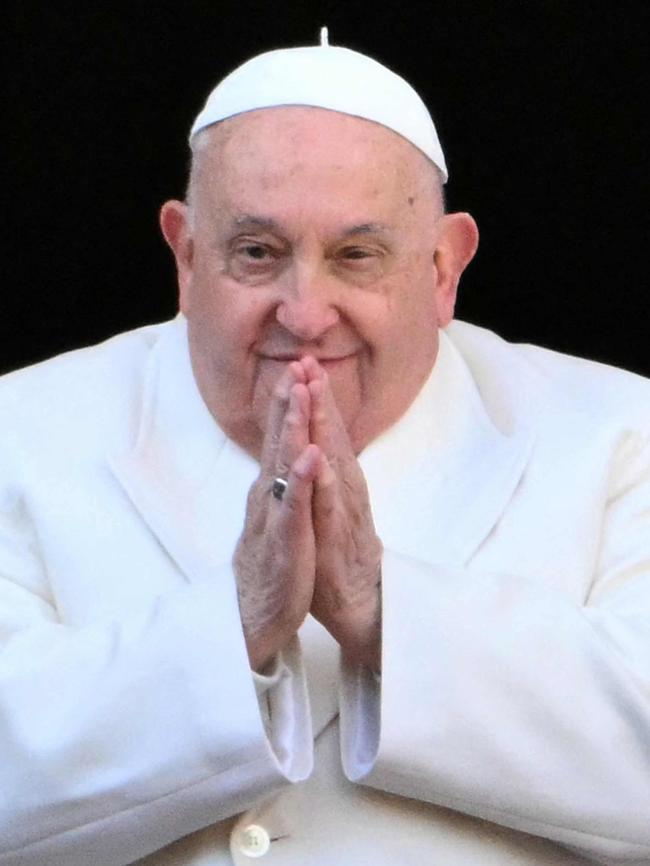
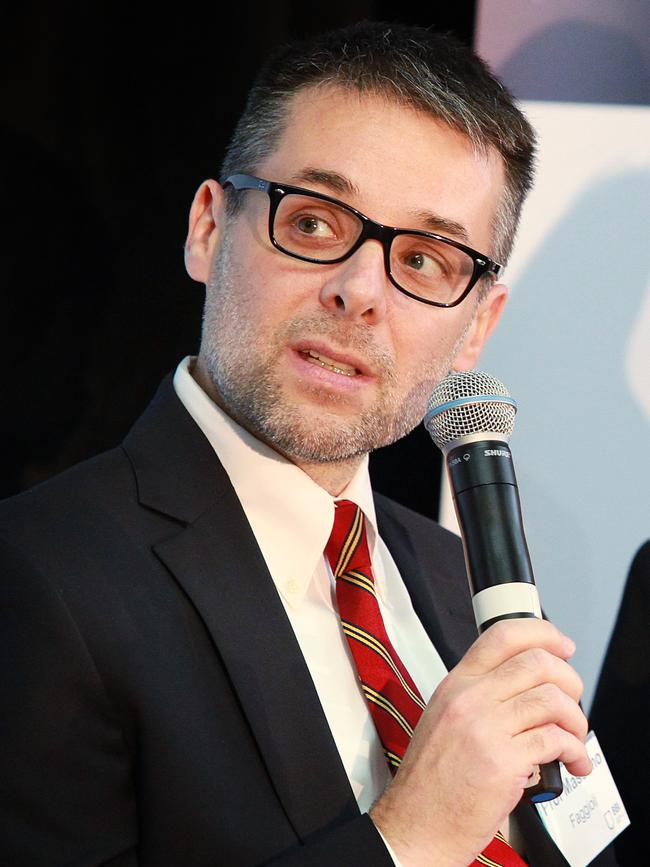
Villanova University historical theology professor Massimo Faggioli said.
“There’s so many unknowns at this time.”
Ordinarily, a maximum of 120 faith leaders make up the papal conclave but new appointments by Pope Francis means about 135 cardinals will be eligible to vote on his successor, making the outcome more uncertain.
“There are many more Cardinals from the global south, they don’t know each other well, we don’t know them well,” Prof Faggioli said.
“And different churches have very different sensibilities, different urgencies, politically, socially, theologically, and so that’s why this time is more complicated and less predictable.”
He said the complex international political situation would also impact the decision making process.
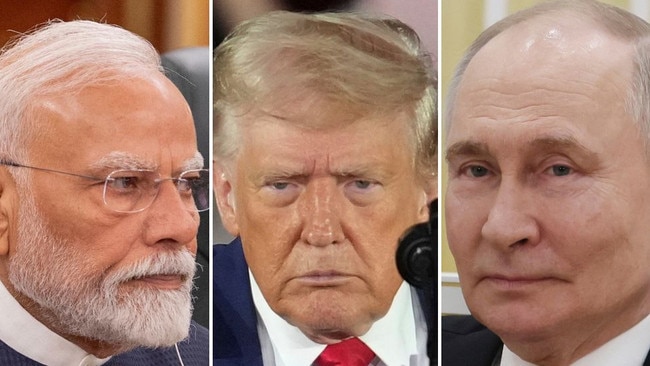
“Global Trumpism, Trump, Putin, Modi, China – you name it,” Prof Faggioli said of the factors set to play into the voting process.
“ … all of this is a very uncertain political situation.”
Between 15 and 20 days after the end of a pontificate, the papal conclave begins.
The voting cardinals from around the world will gather and remain in Vatican City, cut off from the outside world, banned from newspapers, phones, mail and the internet under threat of automatic excommunication.
During this time, they stay in the five-story guesthouse Casa Santa Marta which has been likened to a three-star hotel.
The accommodation is where Pope Francis notably chose to live during his tenure instead of the more luxurious Apostolic Palace, traditionally the official residence of the Pope.
“They have to be totally free to listen to the Holy Spirit first of all, and to each other, and there should be no interference of any kind so that’s why the conclave was created in the first place,” Prof Faggioli said.
The religion expert said he was particularly interested to monitor whether there were attempts to use modern day technology to impact the ancient process.
“I’m curious to see if there will be attempts to interfere through social media or some attempts to accuse the process of being rigged as we have seen with the US election (in 2020),” he said.
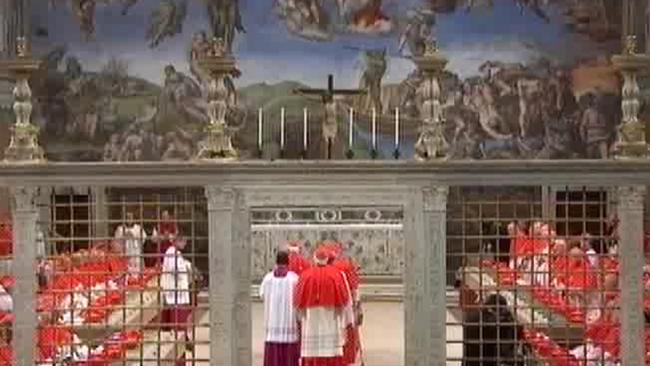
Once the cardinals are gathered, the anonymous voting process will begin with formalities held inside the Sistine Chapel.
There, the voters cast secret ballots, writing their decision on paper printed with the words “eligo in summen pontificem” – translated – “I elect as supreme pontiff”.
The votes are placed in an urn and counted. To be elected Pope, the cardinal must receive a minimum of two thirds of the vote – in this case, about 90 votes.
This election is a crossroads for the Catholic Church, with questions over whether the chosen successor will continue the more progressive direction taken by Pope Francis or return to a more conservative position.
Prof Faggioli said while there were inevitably factions, it was far more nuanced than the traditional divides seen in political parties and noted geography often had a role to play.
“There are tendencies, there are groups, but it’s more complicated because there’s no party system really,” he said.
“And it’s one gathering that gathers every 10, 15, 20 years so there’s no continuity of building a certain party or a certain faction.”
The conclave votes once on the first day and then four times a day until a decision is reached – twice in the morning and twice in the afternoon.
The outside world is kept informed of the progress by the colour of the smoke coming from the chapel’s chimney when the ballots from each vote are burned.

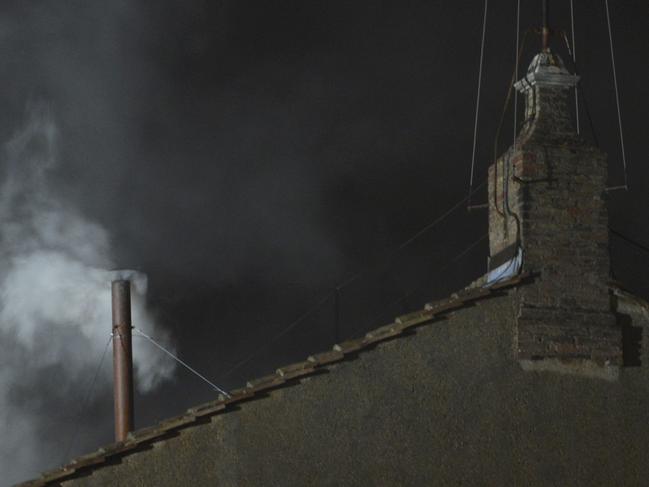
Chemicals are added to the paper to signify the result – black smoke for an unsuccessful vote and white smoke to announce a candidate has been selected.
Traditionally, this was done using wet or dry straw to colour the smoke but it was changed to chemicals to avoid confusion.
Theoretically, a papal conclave can last for months, however since 1900, none have lasted for more than five days.
Pope Francis was elected within 24 hours of the conclave votes starting in 2013.
While technically any baptised male can be elected pope, only six non-cardinals have been chosen in history – the last time was in 1378.
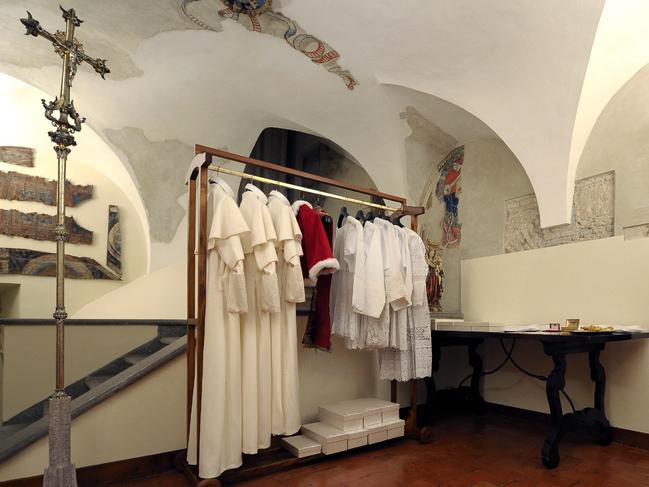
Once a candidate receives the required votes, they are asked if they will accept the title.
On acceptance, they are dressed in a traditional white wool cassock – three sets of clothes are made in small, medium and large sizes to account for the uncertainty of who will be chosen.
They then step out onto the balcony of St Peter’s Basilica where the senior cardinal deacon announces in Latin “Habemus Papam” – translated meaning “we have a Pope”.



